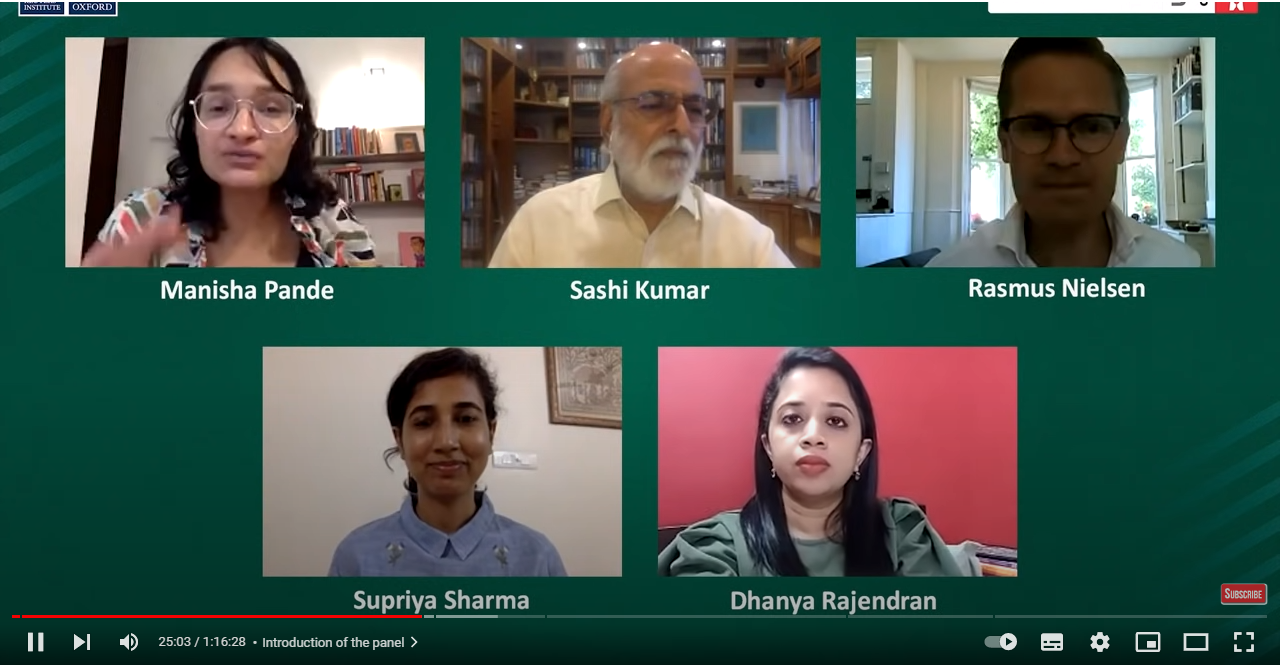Sankar Narayanan E H
7:14
7:14
7:25
7:26
7:27
7:29
7:31
7:32
7:32
7:34
7:34
7:35
7:37
7:39
7:42
7:42
7:43
7:43
7:44
7:44
7:44
7:45
7:48
7:49
7:49
7:50
7:51
7:51
7:54
7:54
7:55
7:56
8:03
8:05
Connecting…



